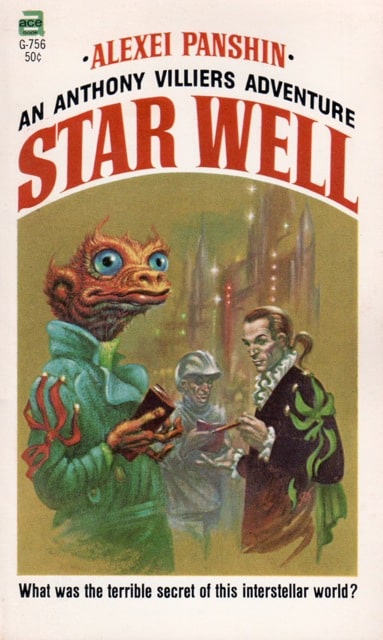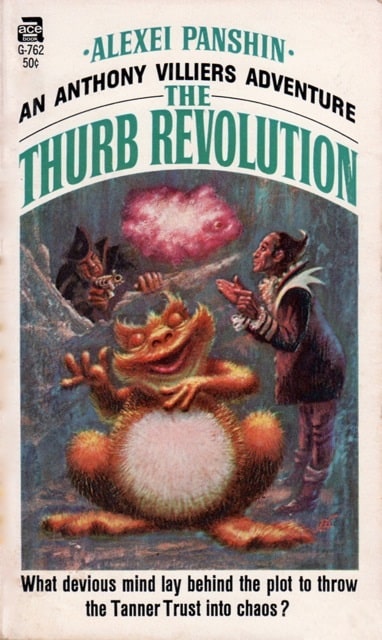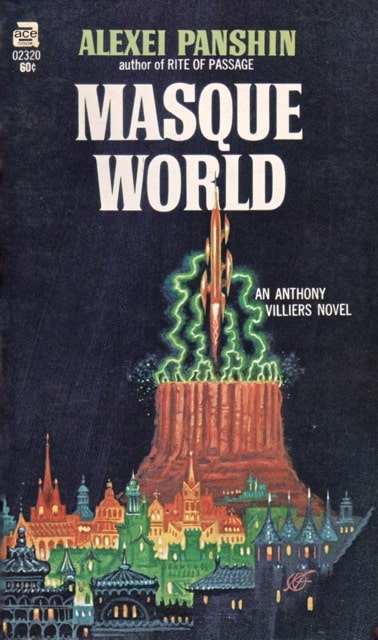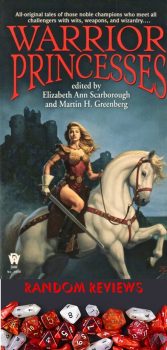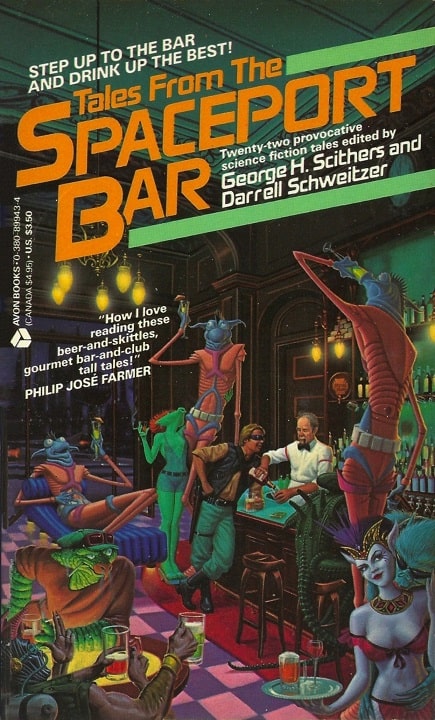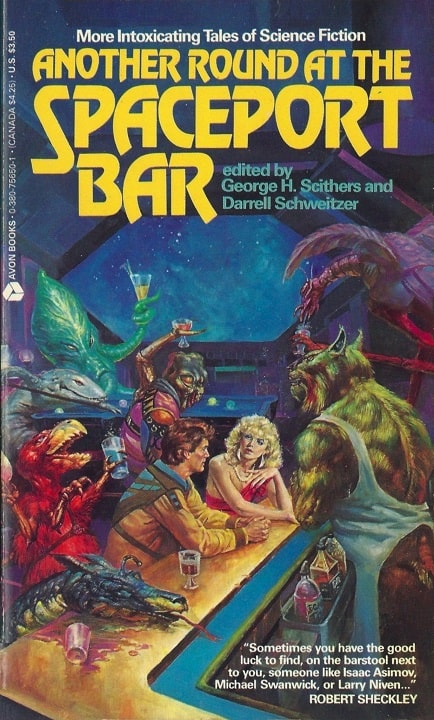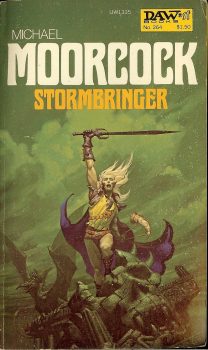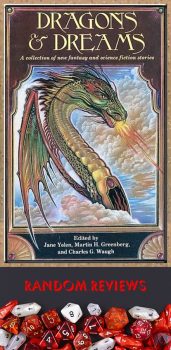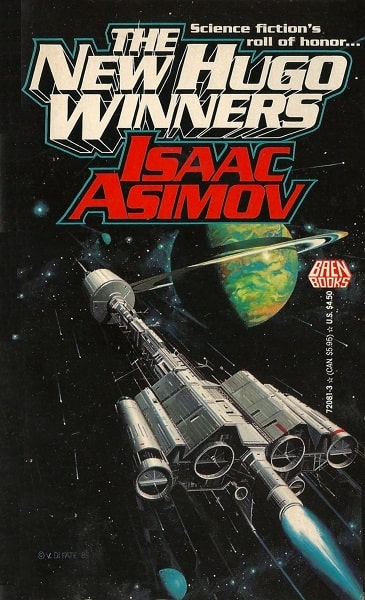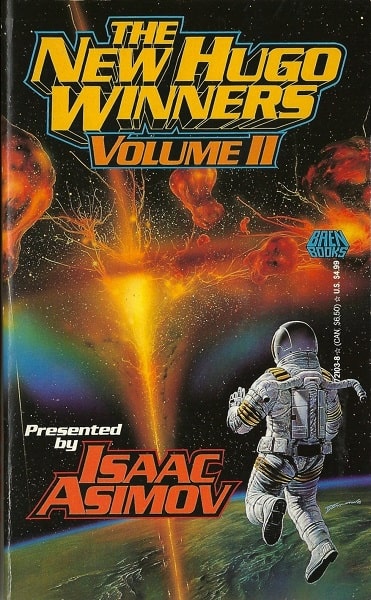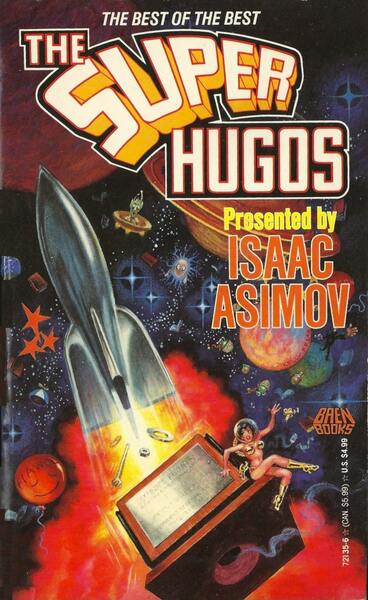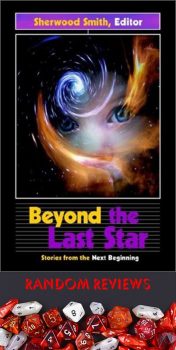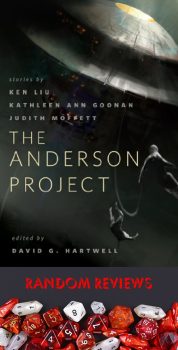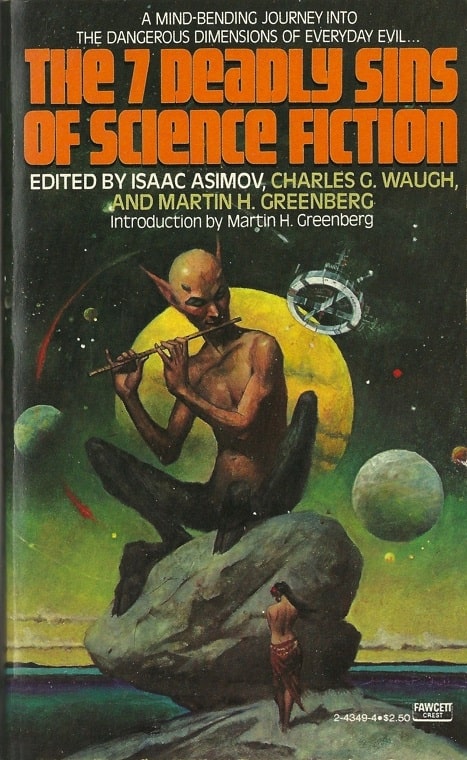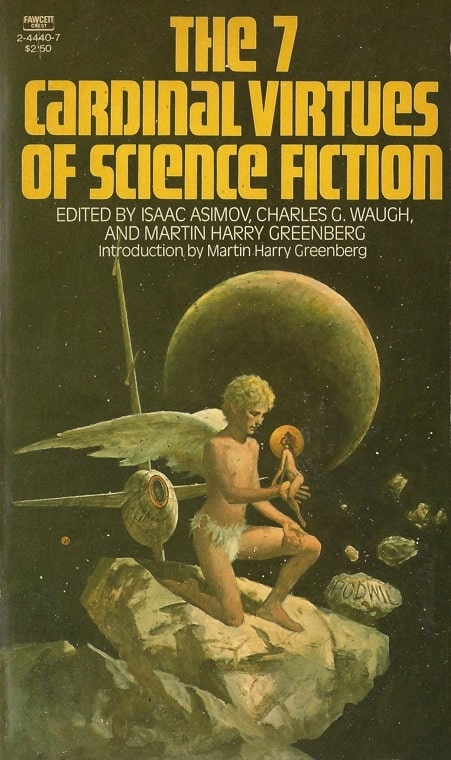Haunted Trains and the Rock-and-Roll Afterlife: The Year’s Best Horror Stories: Series X, edited by Karl Edward Wagner
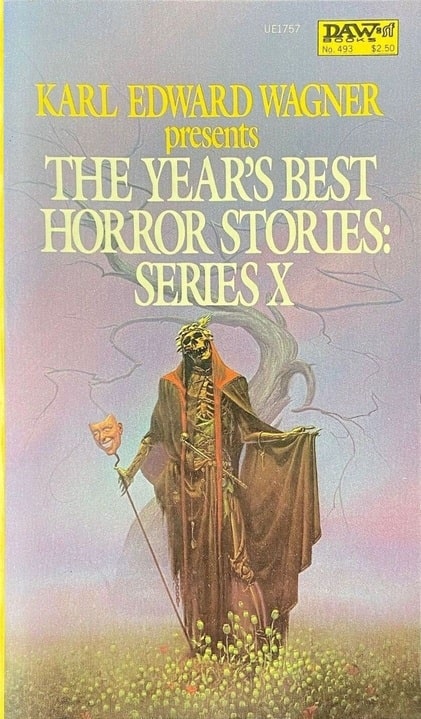 |
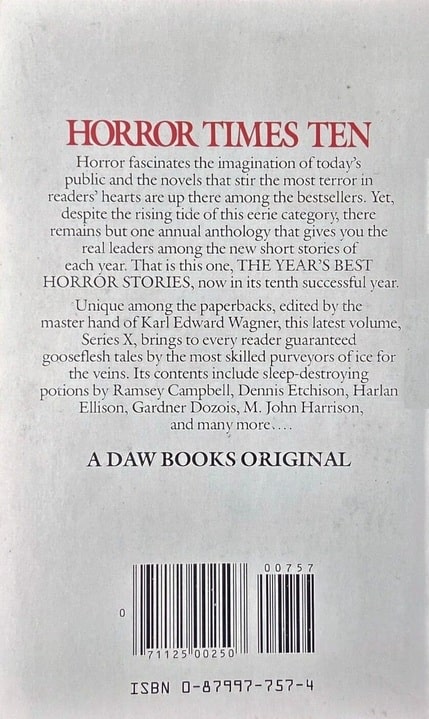 |
The Year’s Best Horror Stories: Series X (DAW, August 1982). Cover by Michael Whelan
The Year’s Best Horror Stories: Series X was the tenth volume in DAW’s Year’s Best Horror Stories, copyrighted and printed in 1982. A whole decade for this anthology thus far! This was the third volume edited by horror author and editor Karl Edward Wagner (1945–1994). Michael Whelan’s (1950–) artwork appears for an eighth time in a row on the cover. This is one of his eeriest and best yet. The same cover would later appear on the 1989 omnibus Horrorstory: Volume Five, a collection of volumes XIII-XV of this series from Underwood Miller.
Of the eighteen different authors in The Year’s Best Horror Stories: Series X, all but two were male, with one story cowritten by a male/female team. (G. W. Perriwils is the pen name for Georgette Perry & William J. Wilson.) Eleven were American, the other seven were British. Of the fifteen stories included seven were from professional magazines, four from books, three from fanzines or booklets, and one was original to this anthology, though was to appear shortly afterward in another periodical.
I enjoyed the first volumes in DAW’s Year’s Best Horror Stories edited by Richard Davis (Series I–III) and Gerald Page (Series IV–VII). I would not say that these editors were “stale,” but Wagner does seem to bring a fresher vitality. I think this is due primarily to his introductions, which operate more as “state of horror field” yearly addresses, and his short bios before each story. I’m sure all good editors put forth their best efforts, but Wagner’s passion, I think, really shows itself in these volumes.
